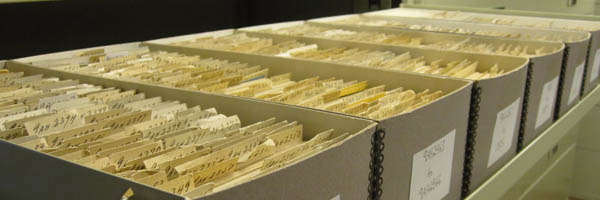

|
|
Integrators increase prices as the cost of carrying air goes up06th May 2009. Press Statement Air freight shippers and their representatives meeting in Brussels have questioned decisions by a number of integrators to change the way they calculate charges for high volume shipments, making them more expensive. A meeting of the ESC’s Air Transport Council noted recent announcements by TNT, UPS and DHL to increase the rates for light-weight cargo. “At a time when aircraft are flying with spare capacity anyway due to the economic climate, it seems strange that these companies should all choose to introduce the new calculation now and around the same time” said ESC’s Secretary General, Nicolette van der Jagt, who went on, “We will be looking closer at this in the coming weeks because my members simply cannot understand the justification for it. Carriers and integrators are free to take what ever measures they think are appropriate to their own business, but this comes at a bad time for shippers and I think they deserve greater explanation.” Light weight air cargo is charged according to its volumetric weight. It is used if greater than the per-kilo charge. For a number of years it has been calculated on the basis of 1 kilogramme being equivalent to 6000cm3 (i.e. the Volumetric weight in kg = (length x width x height (cm) )/ 6000). DHL and the others have revised this measurement and now calculate that 1 Kg is equivalent to 5000cm3: the result is higher charges for many shippers. Airlines have often complained that air freight has become lighter and that with revenue based on tonnage they have been unable to reach the theoretical revenue earning capacity of their aircraft. In 2003 the International Air Transport Association attempted to revise its so-called ‘Technical Rules’ to reduce the kilo:volume ratio to that now being implemented by some of the integrators. However, shippers stopped the move, claiming it was anti-competitive. The complaint was upheld by the US Department of Justice and IATA withdrew its proposal before any legal action and fines could be brought against them. DHL believes it can hold out no more and implemented the new calculation from 1st April this year. UPS implemented it in January while it is understood by ESC that TNT introduced the change towards the end of 2008. Ms van der Jagt said, “It is our understanding that part of the justification given by the companies concerned for this move has been to pre-empt the introduction of the emissions trading scheme in the EU in 2012: they seem concerned that they will be penalised unless they can demonstrate a lower level of CO2 emissions. DHL has said that as part of its quest to reduce its CO2 emissions by 30 percent by 2020 it needs in part to make more efficient use of cargo space in their aircraft. But my members have asked how charging more for freight could make any difference to the emissions of an aircraft? If it were to attract smaller freight units and enable a higher weight payload, wouldn’t that increase the fuel consumption of aircraft and also the emissions? I think it is important to be clearer on this important subject.” ESC also want clarification as to whether this new calculation is being applied to freight flown on the aircraft of other airlines, as is quite common these days. For more information please contact: |
|
| Solution by Nidro IT Solutions | All rights Reserved. Sri Lanka Shippers Council |
